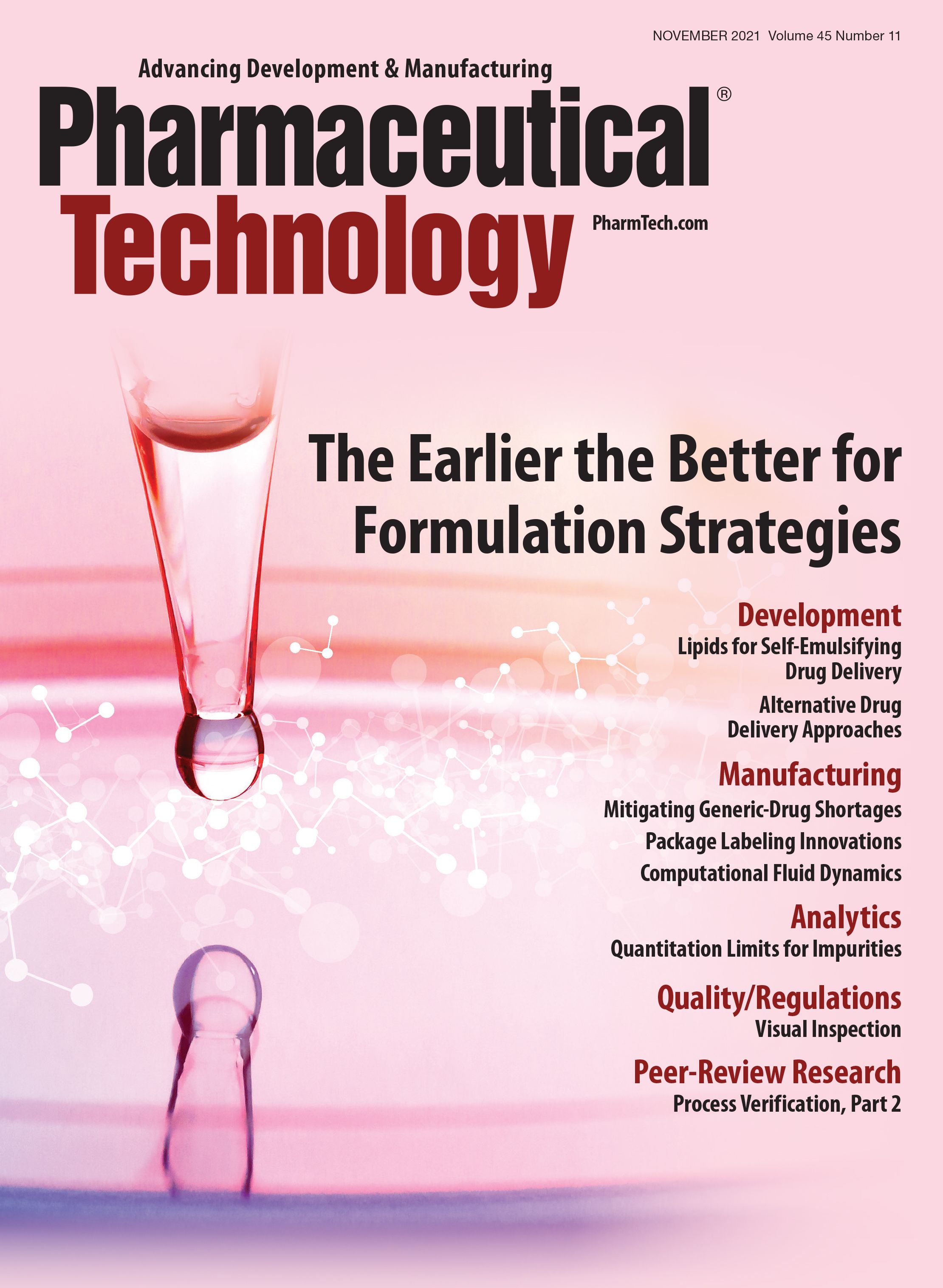Detecting and Determining Quantitation Limits for Impurities
Different methods give different answers when calculating limits for impurities. The prediction interval method may be the best option.
XYZ+ - STOCK.ADOBE.COM

Regulations require drug manufacturers determine the detection limit (DL) and quantitation limit (QL) of impurities in APIs and drug products. There are multiple ways of doing so, some of which are described in the International Conference on Harmonisation (ICH) guideline, ICH Q2 (R1) Validation of Analytical Procedures: Text and Methodology. Primarily, these methods are based upon the statistical uncertainties from a linear least squares regression calibration curve. However, different calculation methods give different answers. The following describes an example and a recommended best practice method.
Click here for a PDF of the article.About the Author
Chris Burgess is managing director, Burgess Analytical Consultancy Limited, Barnard Castle, Co Durham, UK.
Article Details
Pharmaceutical Technology
Volume 45, Number 11
November 2021
Pages: 54–59
Citation
When referring to this article, please cite it as C. Burgess, “Detecting and Determining Quantitation Limits for Impurities,” Pharmaceutical Technology 45 (11) 2021.

Entering New Domains for 3D Printing of Drug Products
April 6th 20253D printing of personalized medications is currently possible under existing compounding regulations, offering enhanced process control through automation. But new legislation coming in 2025 will allow 3D printing as part of a distributed manufacturing framework.